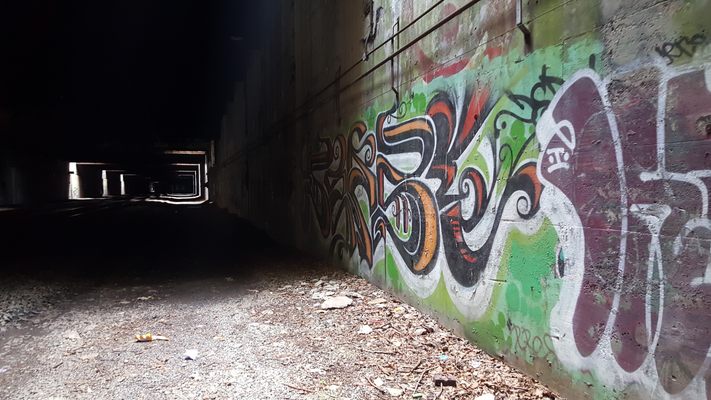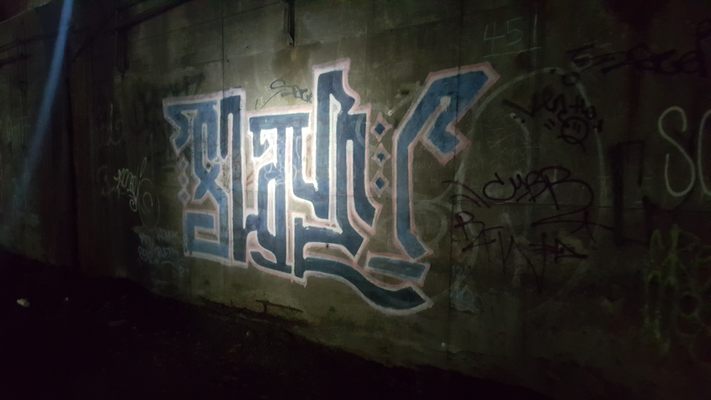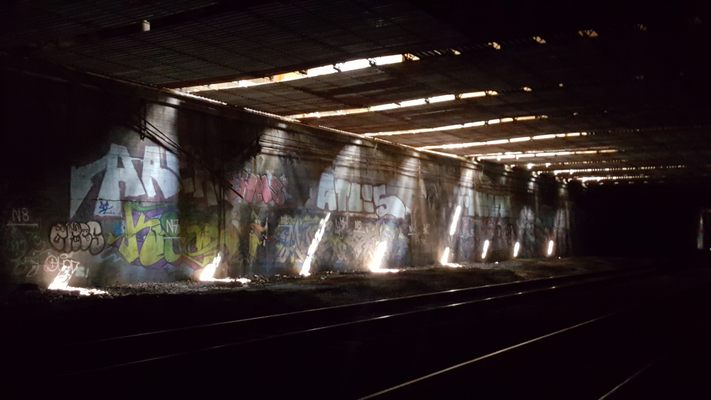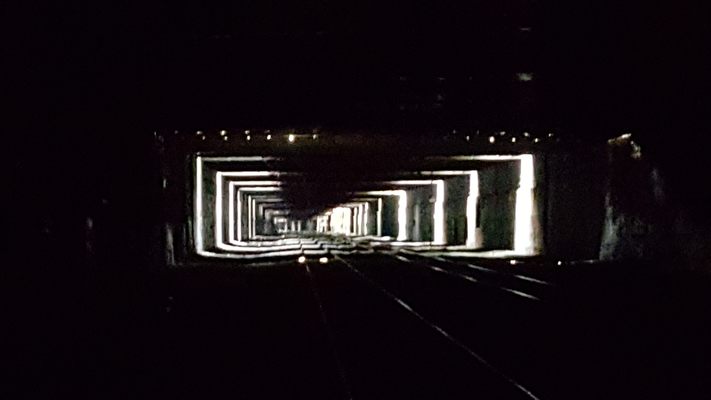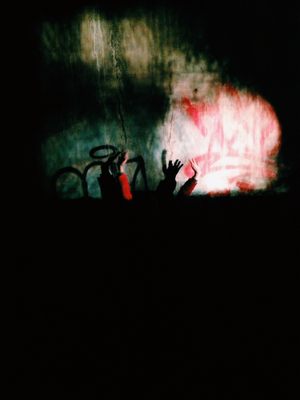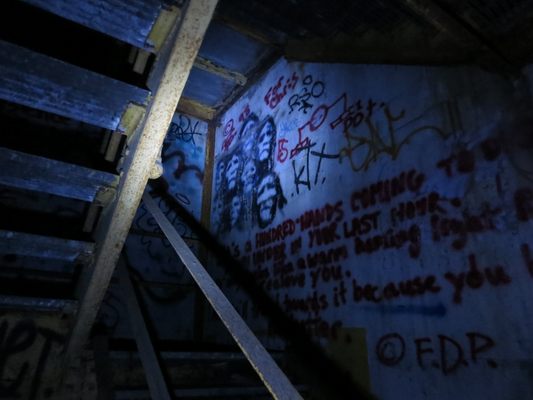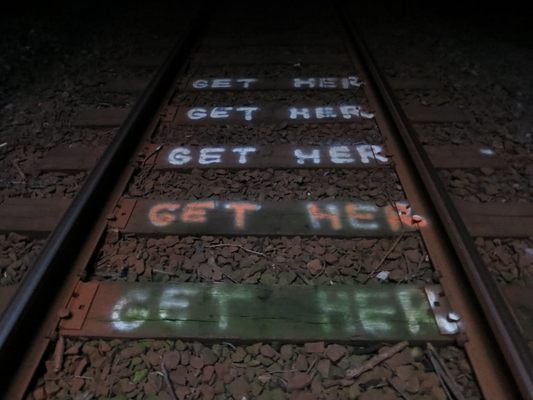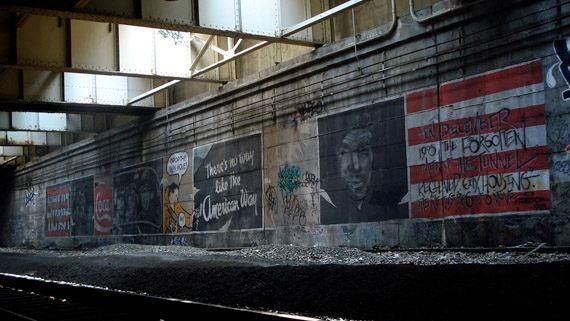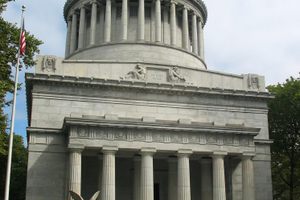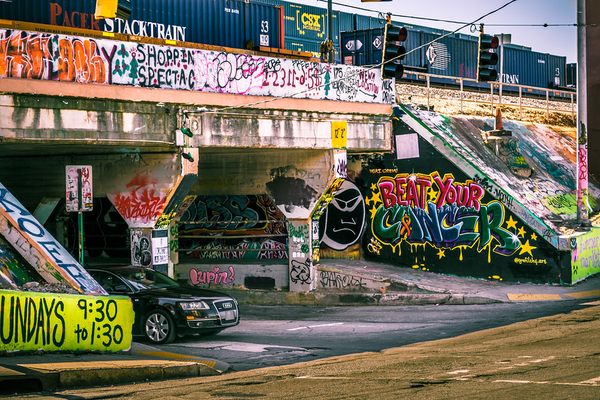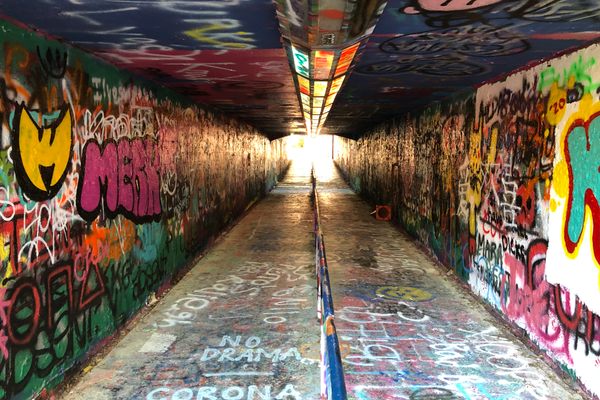About
Graffiti artist Chris "Freedom" Pape first came to the Amtrak tunnel in 1974 and started spray painting- not as a form of rebellion, but as a way to express himself through his artwork.
The tunnel was created by Robert Moses in hopes of increasing mobility to the Upper West Side residents, although his highway expansions blocked off the river. The undertaking was poorly executed, and was planned just as the automobile craze caught on, so it was soon abandoned. The homeless eventually began to call it home, and street artists came to tag the open canvases that were the tunnel walls.
In 1991, Amtrak reopened the tunnel, leading to a mass eviction of the hundreds of homeless people that lived there. In 2009, Amtrak started repainting the tunnels, causing most of the graffiti murals to be lost.
Freedom was a highly respected graffiti artist, with his murals left untouched by other taggers and his restoration of Goya's "The Third of May" mural within the tunnel itself. The tunnel was once again alive with color and art, and Freedom's work stands out as an example of an art form slow to gain respect, but undoubtedly worthy.
It is considered trespassing on Amtrak property to walk on these tracks, which is a federal offense. If you do decide to risk it, be aware that you may run into nefarious company, and be wary of standing on or near the tracks, as they are currently in use.
Related Tags
Know Before You Go
intersection of St. Clair's Place and Off-ramp of Hudson Parkway
Community Contributors
Published
October 11, 2012

